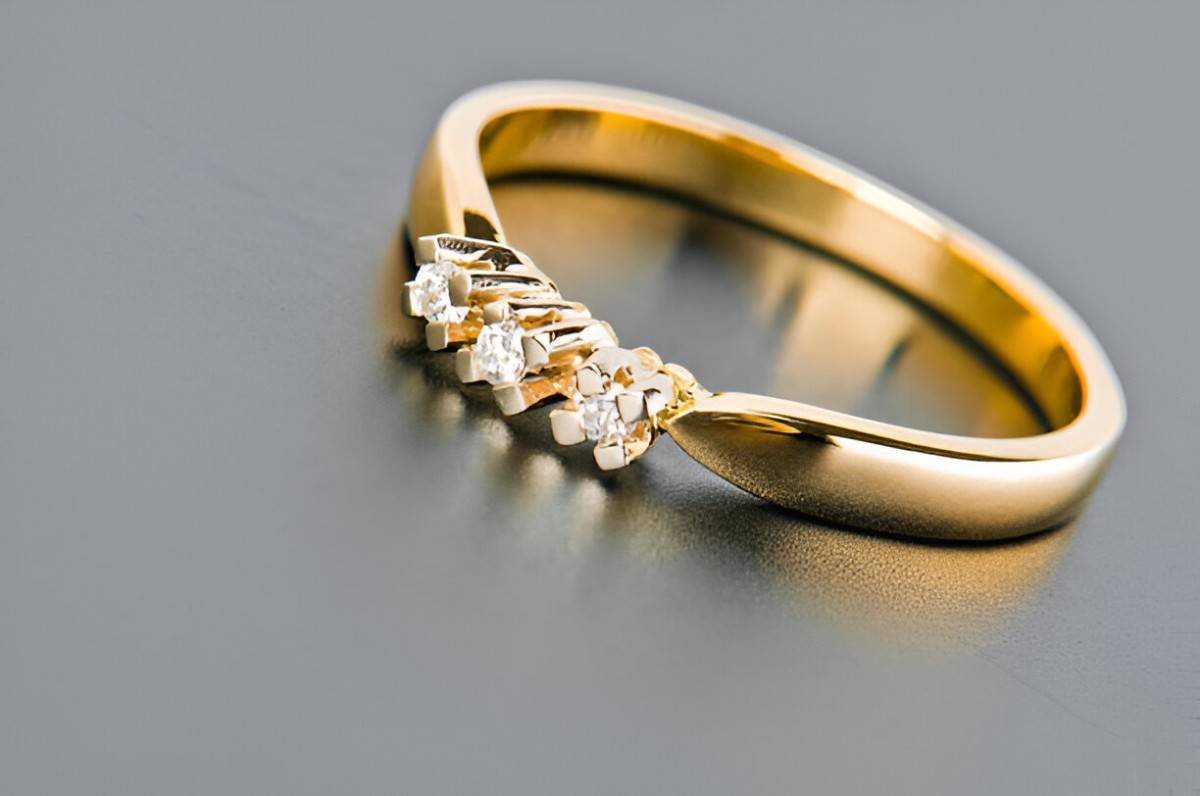When people talk about investments, they often mention stocks, real estate, or mutual funds. But what about gold rings? Are they a good investment? I’ve spent years studying financial instruments and alternative investments, and I’ve often been asked whether buying gold jewelry, specifically gold rings, makes financial sense. Let’s dig into the details together.
Table of Contents
What Makes an Investment?
To determine whether gold rings qualify as a good investment, we first need to define what an investment is. In my view, an investment is an asset or item acquired with the goal of generating income or appreciation. The key characteristics of a good investment include liquidity, appreciation potential, and a reasonable risk-to-reward ratio.
Gold, as a material, has historically been considered a solid investment. But when it comes to gold rings, things get more nuanced.
Gold as a Commodity vs. Gold Jewelry
Gold as a commodity is straightforward. Its price fluctuates based on supply and demand in the global market. Gold jewelry, however, introduces additional layers: craftsmanship, design, brand, and retail markups. Here’s a quick comparison:
| Aspect | Gold (Commodity) | Gold Rings (Jewelry) |
|---|---|---|
| Value Basis | Gold content (purity and weight) | Gold content + craftsmanship + brand |
| Liquidity | High (easily sold as bullion) | Moderate (depends on buyer interest) |
| Price Transparency | Clear (based on market rates) | Less clear (includes markups) |
| Storage Costs | Low (vaults or banks) | Higher (safe storage for jewelry) |
While gold itself is highly liquid, the same can’t always be said for gold rings. Their value depends not just on the gold they contain but also on the subjective appeal of their design.
Analyzing the Costs and Markups of Gold Rings
When you buy a gold ring, you’re paying for more than the gold content. Let me break it down:
- Gold Content: This is the intrinsic value, determined by the ring’s weight and purity. For instance, an 18-karat gold ring contains 75% pure gold.
- Making Charges: These reflect the craftsmanship involved and can range from 5% to 25% of the gold value.
- Retail Markup: Jewelers often add a premium for their brand name, location, and overhead costs.
- Taxes: Depending on your region, sales tax or VAT might also apply.
Let’s consider an example. Suppose the gold price is $60 per gram, and you buy a 10-gram, 18-karat gold ring. The breakdown might look like this:
| Component | Calculation | Cost ($) |
|---|---|---|
| Gold Content | $60 × 10 grams × 0.75 | 450 |
| Making Charges | 15% of $450 | 67.50 |
| Retail Markup | 10% of $450 | 45 |
| Taxes (5%) | 5% of $562.50 | 28.13 |
| Total | $590.63 |
Now, if you tried to sell this ring the next day, you’d likely only get $450—the gold value—as jewelers rarely pay for craftsmanship or markups.
Appreciation Potential of Gold Rings
Gold prices tend to rise over time, but the appreciation potential of gold rings is limited. Let me explain why:
- Craftsmanship Depreciation: Unlike the gold content, the value of the craftsmanship doesn’t typically appreciate.
- Fashion Trends: Designs go out of style, which can reduce a ring’s appeal and resale value.
- Purity Concerns: Rings are often made of 18-karat or 22-karat gold, not pure 24-karat gold, which reduces their intrinsic value compared to bullion.
To illustrate, let’s say gold prices increase by 10% over a year. Using our earlier example, the gold content of the ring would rise from $450 to $495. However, unless you find a buyer who values the craftsmanship, you’d still lose money on the making charges, retail markup, and taxes.
Liquidity Challenges
Gold rings are less liquid than gold bullion. Selling a gold ring often involves haggling with buyers or pawnshops. In most cases, you’ll get less than the ring’s original cost. This lack of liquidity makes gold rings a less reliable investment.
| Gold Asset | Ease of Sale | Potential Buyers |
|---|---|---|
| Gold Bullion | Very high | Investors, banks |
| Gold Rings | Moderate to low | Jewelers, individuals |
Emotional and Cultural Value
One aspect where gold rings shine is their emotional and cultural significance. In many cultures, gifting gold jewelry symbolizes wealth and prosperity. While this doesn’t directly translate to financial gain, it adds intangible value.
For example, a gold ring gifted during a wedding might hold sentimental value that outweighs its monetary worth. In such cases, the return on investment isn’t financial but emotional.
Comparing Gold Rings to Other Gold Investments
To better understand the investment value of gold rings, let’s compare them to other gold investment options:
| Gold Investment Type | Pros | Cons |
|---|---|---|
| Gold Rings | Emotional value, wearable | High markup, low liquidity |
| Gold Bullion | High liquidity, no craftsmanship depreciation | Storage costs, not wearable |
| Gold ETFs | Easy to trade, no storage required | Subject to market fluctuations |
| Digital Gold | Convenient, fractional ownership | Platform fees, no physical possession |
| Gold Coins | Collectible value, easy to store | Premiums for design and rarity |
Tax Implications of Gold Rings
Tax laws vary by country, but here are some common scenarios:
- Purchase Tax: Many regions impose sales tax or VAT on gold jewelry.
- Capital Gains Tax: If you sell a gold ring for a profit, you might owe capital gains tax on the appreciation.
Suppose you bought a ring for $590 and sold it for $700 after a few years. If your capital gains tax rate is 20%, you’d owe $22 ($110 profit × 20%).
My Perspective: When Gold Rings Make Sense
Gold rings aren’t the best choice if you’re purely looking for financial returns. However, they can be a meaningful investment in specific scenarios:
- Gifting: The sentimental value of a gold ring often outweighs its financial value.
- Hedging: If you’re already invested in other asset classes, a gold ring can serve as a hedge against inflation and currency devaluation.
- Cultural Significance: In societies where gold jewelry is a status symbol, owning gold rings can enhance social standing.
Conclusion: Should You Invest in Gold Rings?
The answer depends on your goals. If you’re seeking a high-return, liquid investment, gold rings are not ideal. But if you value their emotional significance, cultural importance, or aesthetic appeal, they can be a worthwhile purchase.
As with any investment, it’s essential to weigh the pros and cons and consider your financial objectives. Personally, I’d buy a gold ring for its beauty and sentiment rather than as a primary investment vehicle. If you decide to buy, ensure you understand the costs involved and keep your expectations realistic.





